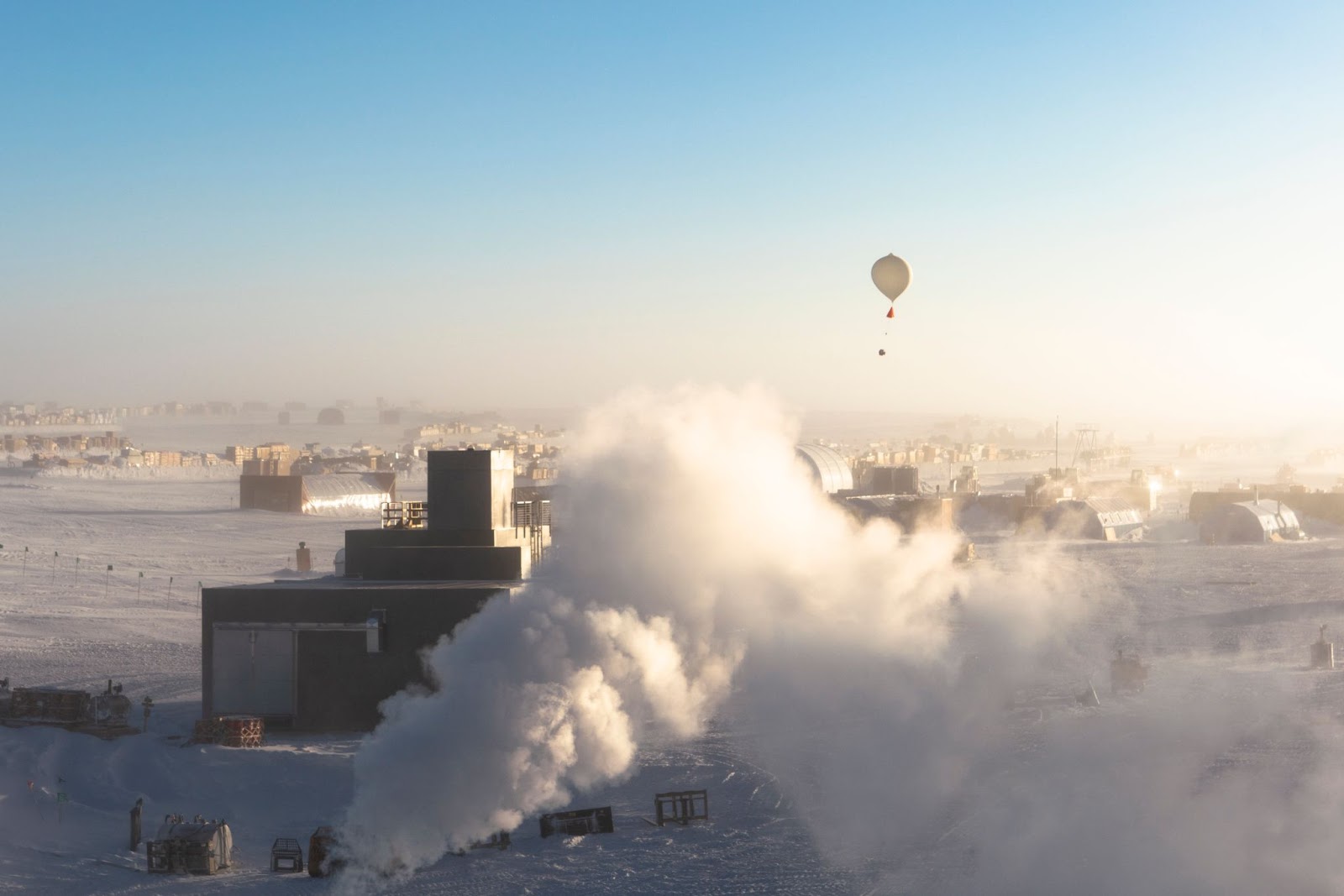Rising ozone pollution in Antarctica over the last 26 years

On June 16, new research in Environmental Science & Technology found that surface ozone measured in Antarctica has been rising over the last 26 years (1992-2018). Global Monitoring Laboratory scientist Bryan Johnson and Cooperative Institute for Research in Environmental Sciences scientists Irina Petropavlovskikh and Audra McClure-Begley are co-authors of this paper.
Even though ozone in the stratosphere (more than 10 km above mean sea level [MSL]) protects the Earth from harmful ultraviolet radiation, ozone in the troposphere (below 10 km MSL) is an air pollutant causing human health issues and plant damages.
Tropospheric ozone is also a greenhouse gas that can trap heat effectively. According to the IPCC Climate Change 2013 Report, the radiative forcing due to tropospheric ozone changes was 0.40 W m-2, in comparison to total anthropogenic effective radiative forcing of 2.3 W m-2 since the pre-industrial era.
This research compiled ozone data measured between 1992 and 2018 at the ground level and through the troposphere at eight stations across Antarctica. The ozone increases are common to different locations across Antarctica and significant after accounting for the natural variability.
Attempting to explore the potential drivers for the tropospheric ozone increase, researchers modeled past air movement. They identified the main sources as long-range transport from nearby continents where human-driven pollution is rising and transport from the stratosphere where the protective ozone layer resides. In addition, the snow-pack of the Antarctic Plateau was modeled to be the most dominant source of surface ozone increases during the summer months.
More data and modeling efforts are necessary to understand the drivers of the increasing surface ozone and evaluate the impact of the increasing surface ozone on both the Antarctic climate and beyond.
